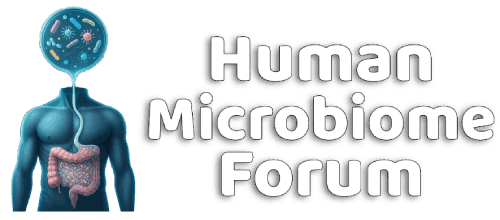Michael Harrop
Well-known member
- https://www.whitehouse.gov/maha/
- https://www.hhs.gov/press-room/maha-commission-childhood-chronic-disease-root-causes.html
Articles: https://www.ecosia.org/search?q=Make+America+Healthy+Again+report
5 results for "microbiome" (including citations). 18 results for "antibiotic" (including citations).
The media coverage doesn't mention "antibiotics", but rather "prescription drugs". Eg:
The White House released an expansive report that blames a crisis of chronic disease in children on ultraprocessed foods, chemical exposures, lack of physical activity, stress and excessive use of prescription drugs.
Overall, the importance of the gut microbiome and the damage from antibiotics to the gut microbiome is not well-stated. This is my main complaint about the report.
This was the "First 100 days report".
Within 100 days of the date of this order, the Commission shall submit to the President, through the Chair and the Executive Director, the Make Our Children Healthy Again Assessment.
Within 180 days of the date of this order, the Commission shall submit to the President, through the Chair and the Executive Director, a Make Our Children Healthy Again Strategy based on the findings from the Assessment.
This assessment provides four potential drivers:
- Poor diet: The American diet has shifted dramatically toward ultra-processed foods (UPFs), leading to nutrient depletion, increased caloric intake, and exposure to harmful additives. Nearly 70% of children’s calories now come from UPFs, contributing to obesity, diabetes, and other chronic conditions.
- Aggregation of Environmental Chemicals: Children are exposed to an increasing number of synthetic chemicals, some of which have been linked to developmental issues and chronic disease. The current regulatory framework should be continually evaluated to ensure that chemicals and other exposures do not interact together to pose a threat to the health of our children.
- Lack of Physical Activity and Chronic Stress: American children are experiencing unprecedented levels of inactivity, screen use, sleep deprivation, and chronic stress. These factors significantly contribute to the rise in chronic diseases and mental health challenges.
- Overmedicalization: There is a concerning trend of overprescribing medications to children, often driven by conflicts of interest in medical research, regulation, and practice. This has led to unnecessary treatments and long-term health risks.
They name:
- Pesticides, microplastics, dioxins, phthalates, PFAS, heavy metals, air pollutants, industrial residues, electromagnetic radiation, and more.
- Pervasive technology use and Corporate Influence on Children’s Social Media Use.
- Stimulants for ADHD, Antidepressants, Antipsychotics, Antibiotics, vaccines, and more.
- Corporate capture and revolving door.
- The food industry funds the bulk of research in the field.
- Ultra-processed foods and food additives.
- A small number of corporations control a large share of food production.
- Distorted Nutrition Research and Marketing.
SECTION FOUR - The Overmedicalization of Our Kids, starts on Page 58 and is a little disappointing, but not terrible. Eg:
Antibiotics are over-prescribed to millions of US children annually, causing serious harms like rashes, diarrhea, recurrent infections, allergic reactions, and antibiotic resistance.
That's not a great description of the situation. But they list it again:
Antibiotics: Children exposed to antibiotics in the first 2 years of life are more likely to develop asthma, allergic rhinitis, atopic dermatitis, celiac disease, overweight, obesity, and ADHD. The antibiotic prescription rate from birth until age 2 is over 2,500 antibiotic prescriptions for every 1,000 children this age.
This wording they use matches my own:
Antibiotics for outpatient children reached 49 million in 2022. It has been estimated that about 35% are unnecessary, suggesting every year about 15 million children are prescribed unnecessary antibiotics, offering only risk with no chance of benefit.
Next Steps – Supporting Gold-Standard Scientific Research and Developing a Comprehensive Strategy, Page 72.
- Format correct?
- Yes
Last edited:
